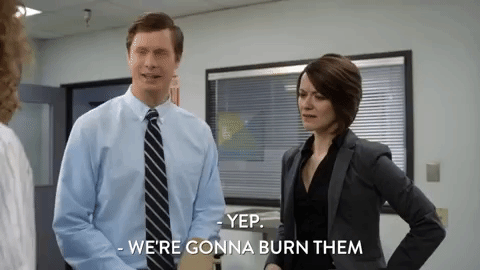Can early economic conditions predict elections?
Economic indicators typically become predictive long before polls do, but the 2020 election is still too far away for this to matter
What to do with 2020 election predictions that are made in August 2019:

The Takeaway: Early general election polling is useless. Trial-heat polls bear no resemblance to outcomes until the election is roughly 10 months away. But while election-watchers may supplement this deficit of data with economic indicators, they, too, are not perfect. It’s best to h…
Keep reading with a 7-day free trial
Subscribe to Strength In Numbers to keep reading this post and get 7 days of free access to the full post archives.


